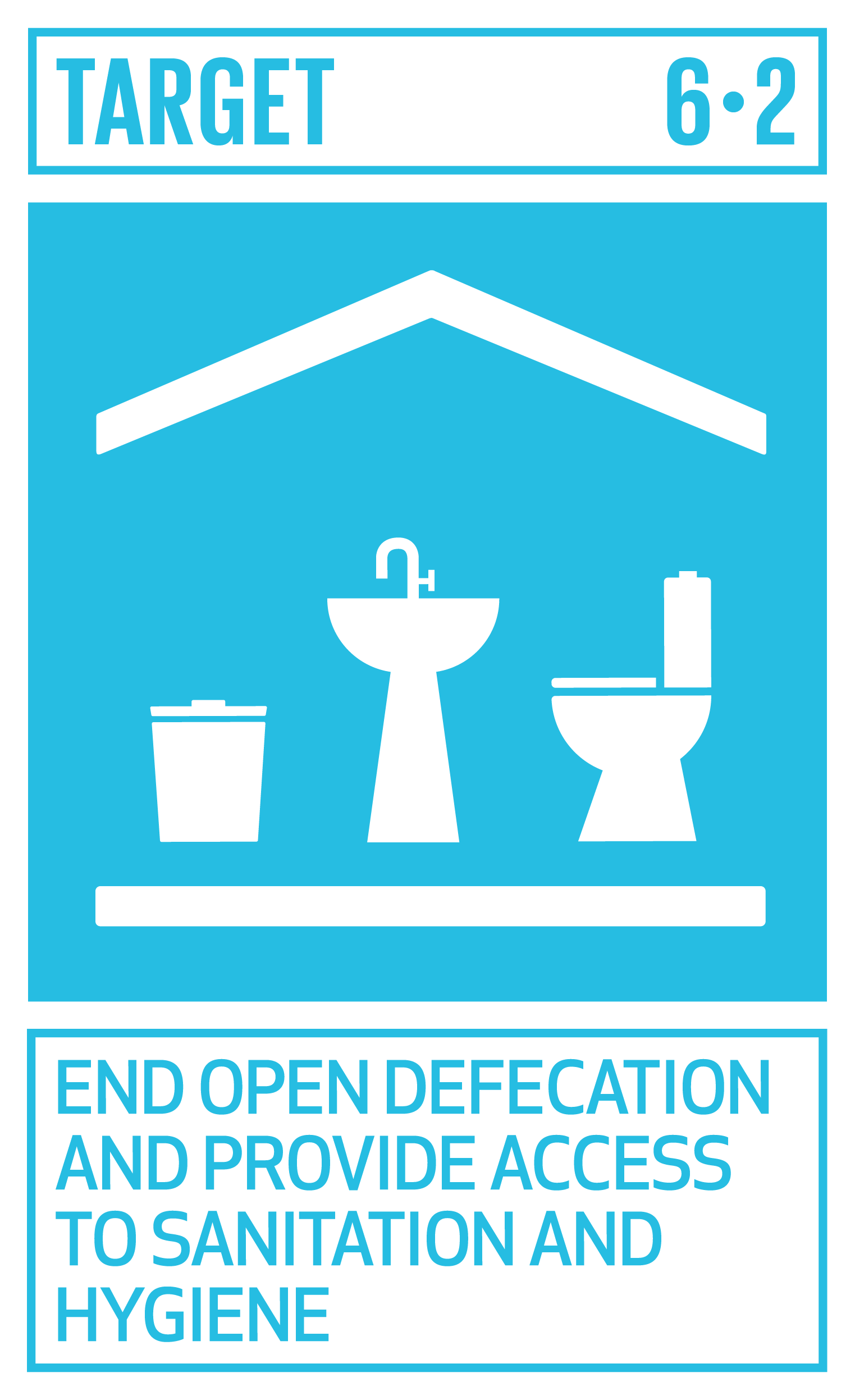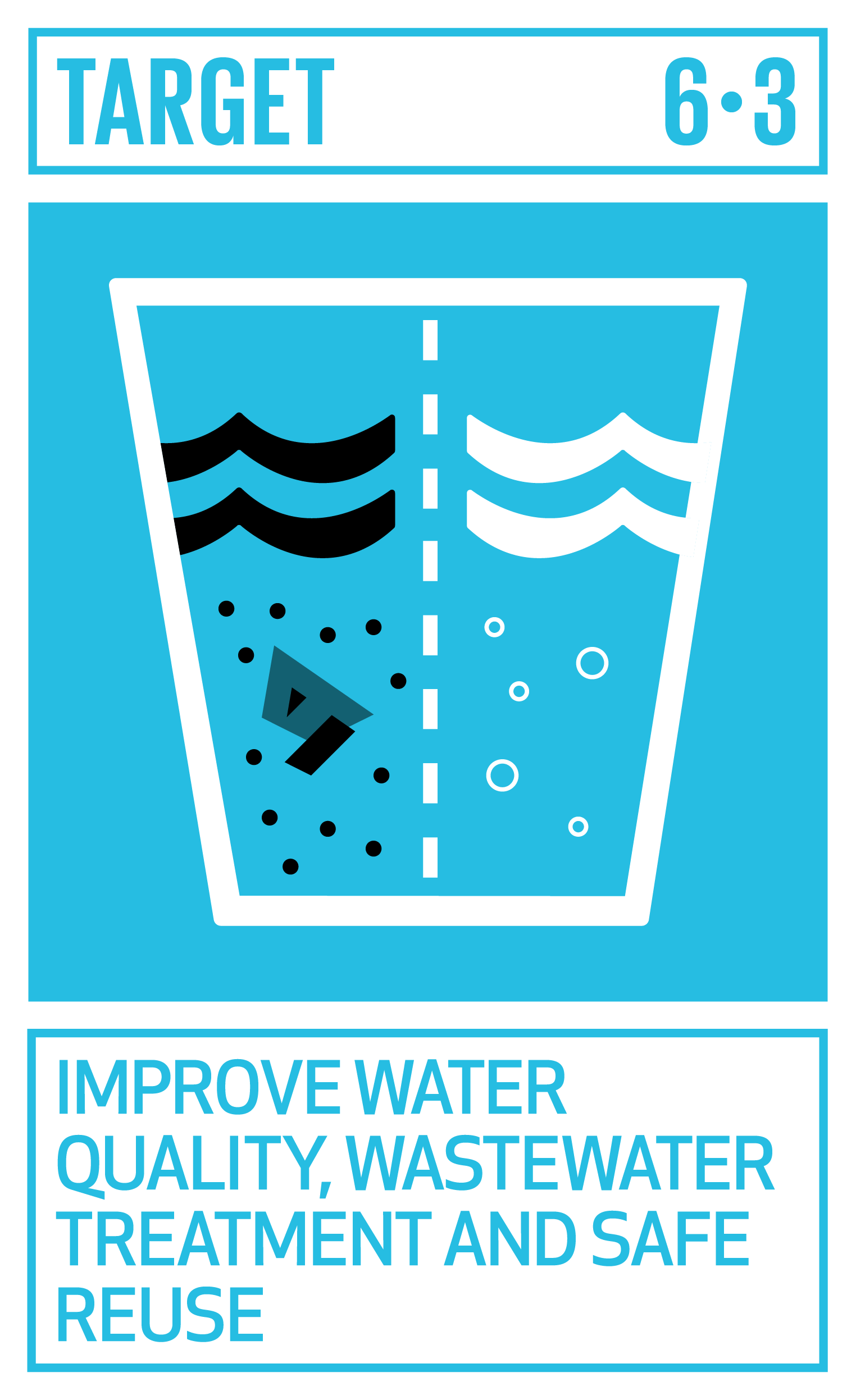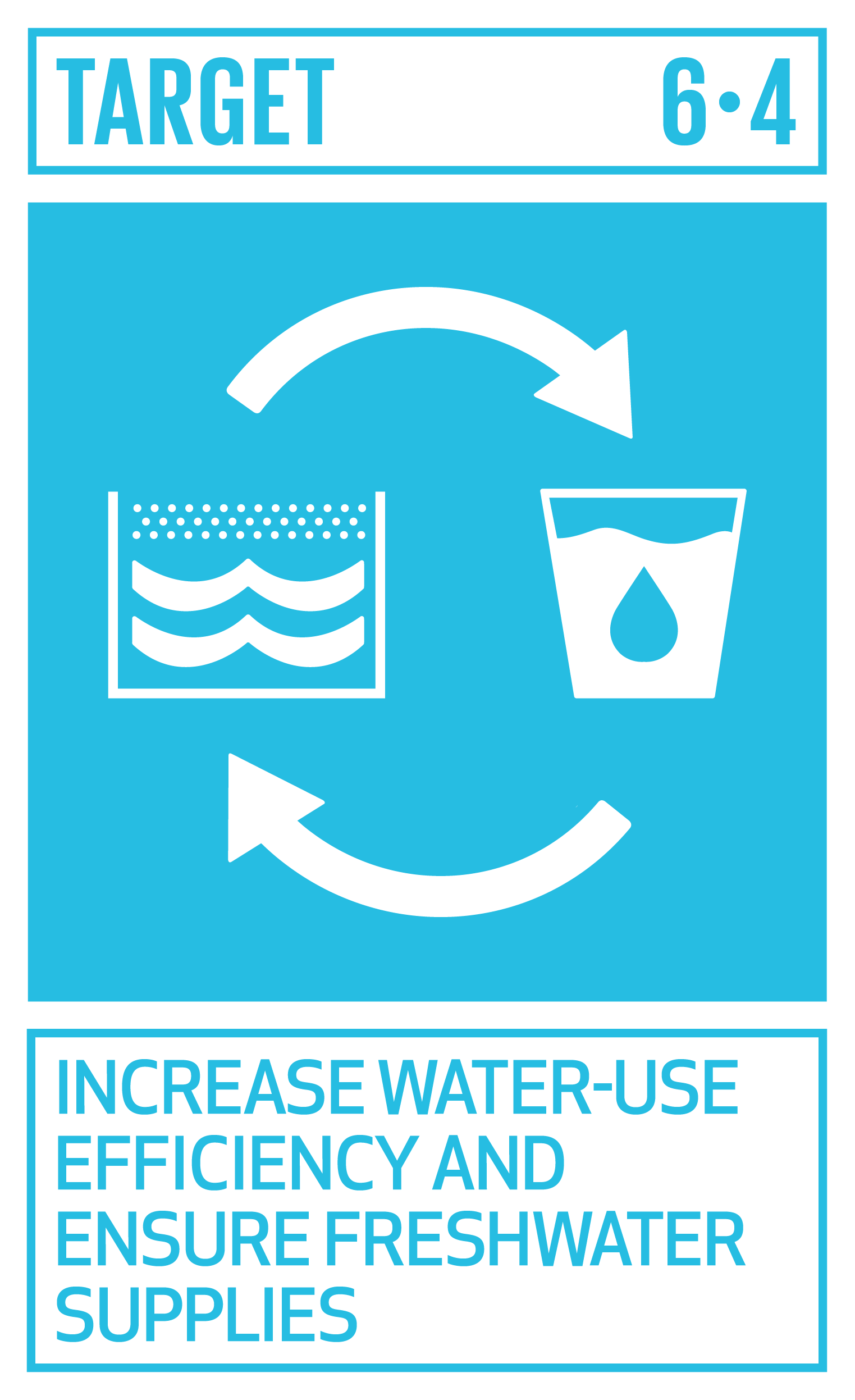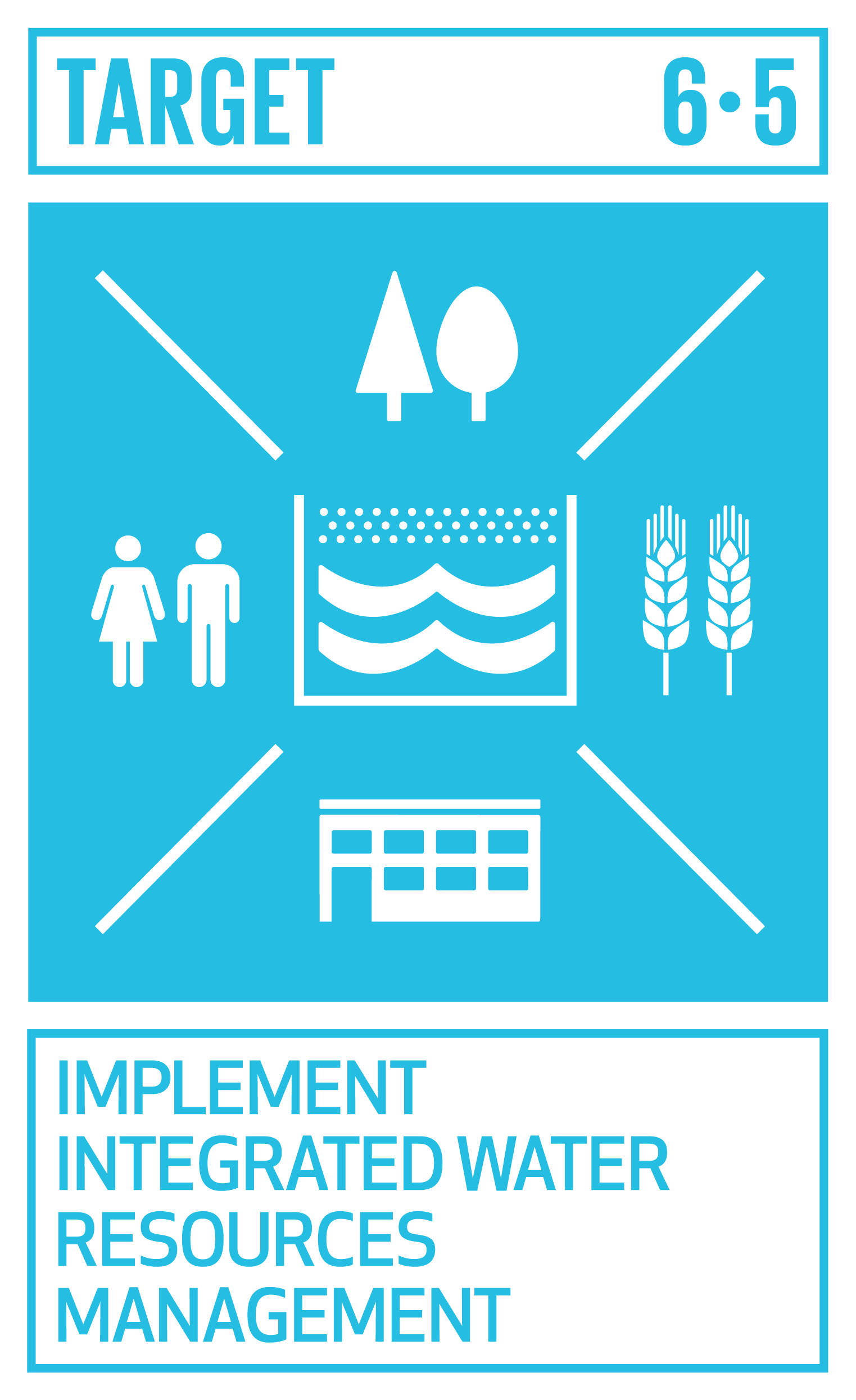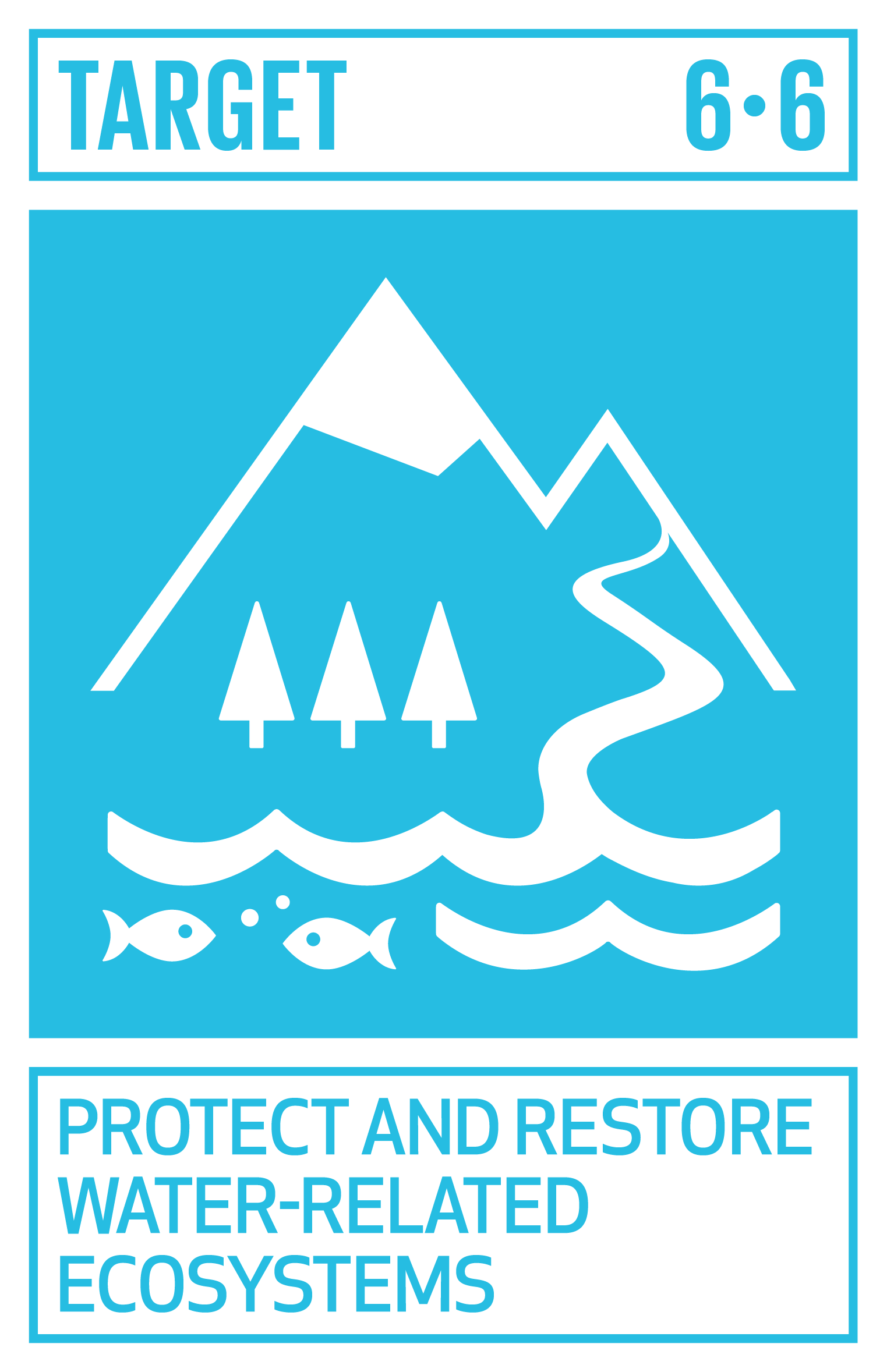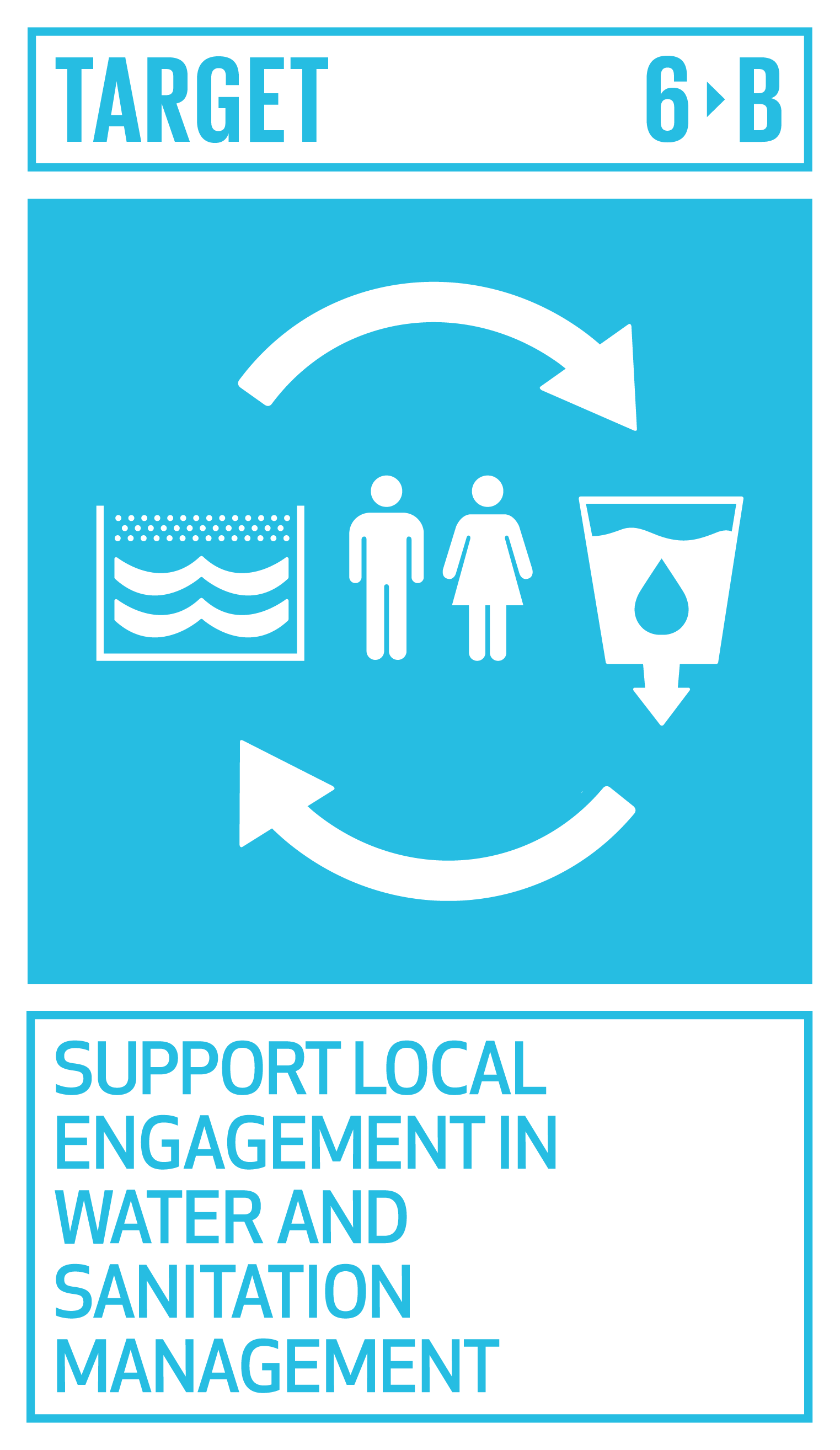One in three people live without sanitation. This is causing unnecessary disease and death. Although huge strides have been made with access to clean drinking water, lack of sanitation is undermining these advances. If we provide affordable equipment and education in hygiene practices, we can stop this senseless suffering and loss of life. Source: Global Goals.org
Canada’s Response:
For Canada, the 2030 Agenda goal 6 is: Ensure availability and sustainable management of water and sanitation for all. Source: Towards Canada’s 2030 Agenda. There are a number of Actions, measures and indicators that include:
By 2030, improve water quality by reducing pollution, eliminating dumping and minimizing release of hazardous chemicals and materials, halving the proportion of untreated wastewater and substantially increasing recycling and safe reuse globally
By 2020, protect and restore water-related ecosystems, including mountains, forests, wetlands, rivers, aquifers and lakes, however there are no data sources for this as yet.
Harvey Creek during atmospheric river event, fall 2021.
Province of B.C.:
BC Provincial Minister of Environment and Climate Change, George Heyman is quoted in the January 2022 Watershed Security Strategy and Fund discussion paper: “Our water is a precious and limited resource. During the last decade, we have witnessed the increasingly dramatic impact that a changing climate is having on British Columbia’s water due to extreme heat, floods, drought and wildfires. That is why we urgently need to prepare for future climate conditions and work together to strengthen our water security. We depend on water for drinking, washing, cooking, growing our food, and recreation. Many small businesses and industries rely on water to support economic growth. It’s also essential for aquatic life and sustaining our world-class fisheries. Importantly, water has cultural and spiritual significance for Indigenous peoples, which is why we will work together on a shared future for water management.”
How are actions within our biosphere region contributing toward these goals?
We are fortunate to live in a society where clean water and sanitation are taken for granted. Even though the Howe Sound Biosphere Region is a watershed and water seems to be in abundance, how we manage this important resource is a priority. The boundary of the biosphere region is at the tops of the mountains where all water that falls drains into the creeks and rivers and ultimately into the marine. Bob Turner’s recent movie The Salish Sea - A Single Body of Life illustrates this very well.
Many communities in the region are relying on aging infrastructure. Residential septic fields and outdated sewage treatment plants. Water shortages during extreme heat have reached the emergency level on more than one occasion in some communities to the extent emergency measures have needed to be implemented. While authorities and residents in the region are aware of these threats development is still underway putting more demands on supply.
Below are the most relevant actions for SDG 6 goals. Click here to learn more about the targets for UN SDG 6
What more can we be doing or are we on track? We want to hear from you.
In developing a management plan for the Átl’ka7tsem/Howe Sound UNESCO Biosphere Region, we are assessing where we are in our collective vision of Life on Land in the Átl’ka7tsem/Howe Sound region for 2030, and setting priority goals and objectives. Read more here about the Nchu’ú7mut/Unity Plan.
You can submit your comments via our online form.






